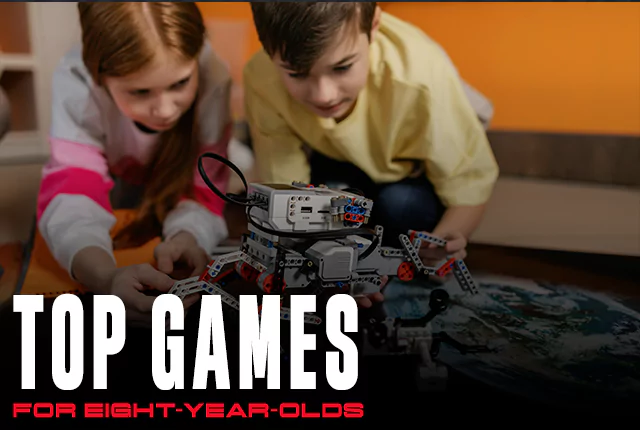Game Smarter, Not Longer: Micro-Habits and Lifestyle Trends Shaping Gaming in 2025

Game Smarter, Not Longer: Micro-Habits and Lifestyle Trends Shaping Gaming in 2025
Why This Matters: From Grind Culture to Sustainable Gaming
For years, the gaming world has glorified the grind — long sessions, all-nighters, and caffeine-fueled ladders. But in 2025, a major shift is happening:
Gamers are prioritizing performance through sustainability — not just raw hours.
From casual players to top-tier esports pros, more gamers are embracing micro-habits that support long-term improvement, mental health, and physical resilience.
What Are Gaming Micro-Habits?
Micro-habits are small, intentional behaviors that stack over time to improve performance and reduce burnout. In gaming, they include things like:
- 5-minute warm-up aim drills before ranked
- 20-second posture resets every round
- Logging 1 takeaway after each session
- Controlled caffeine intake based on match schedule
- 1-minute breathing resets after tilt-inducing moments
These aren’t just “wellness fluff” — they directly enhance reaction time, decision-making, and mental clarity.
Top 7 Gamer Micro-Habits That Are Trending in 2025
1. Sensory Reset Between Matches
Players are taking 30–60 seconds between games to:
- Stretch wrists and neck
- Adjust chair and screen height
- Blink and refocus vision This helps reduce fatigue and tunnel vision over longer sessions.
2. Low-Stim Cooldowns
Instead of rage-quitting straight to TikTok, top gamers are ending sessions with:
- Low-BPM music
- Journaling match thoughts
- Silent replay watching
It helps consolidate learning and reduce cortisol buildup.
3. In-Game Mindfulness Cues
Using death timers or downtime to do:
- 3 deep breaths
- Muscle scan
- Posture check
It’s a real-time stress management system built into gameplay loops.
4. Sleep Syncing with Game Schedule
Gamers are aligning sleep patterns with peak focus times:
- Avoiding caffeine after 5PM
- Using red light modes after midnight
- Tracking REM cycles before tournament play
5. Smart Supplementation
Low-stim nootropics like L-theanine, creatine, and magnesium glycinate are replacing sugar-loaded gamer fuels.
Performance and recovery > empty hype.
6. Intentional Play Blocks
Instead of endless queues, gamers are splitting sessions into:
- Warm-up block
- Main comp block
- VOD/review or chill block
This builds structure and reduces tilt-driven decision fatigue.
7. Offline Skill Cross-Training
High-level players are spending 15–30 minutes daily on:
- Reaction training apps (e.g. Aim Lab Mobile)
- Hand-eye drills (ball tracking, flicking)
- Physical cardio to improve oxygen use and focus
Future Trends: Where the Gamer Lifestyle Is Heading
Looking ahead to 2026 and beyond, expect growth in:
- Wearables for gamers: Focus ring data, fatigue warnings, performance recovery zones
- Gamer-specific nutrition plans: High-cognition, anti-inflammation diets
- Focus coaching & mindset apps: Like Calm meets Aim Lab
- Hybrid digital gyms: Game-like workouts that enhance both reflexes and stamina
- Esports health partnerships: Collabs with fitness, sleep, and nutrition brands
Final Thoughts
Gaming is evolving — and the most successful players aren’t just out-clicking you. They’re out-recovering, out-thinking, and out-planning.
If you’re serious about improving your game without burning out, start with just one micro-habit. Over time, these small changes stack into real gains.
Looking for pro-tested gear, training systems, and performance tips?
Visit heet.gg — where smarter gaming begins.
Recommended
The Rise of Play-To-Earn Games: How P2E Went Mainstream
3 weeks ago
Why Every Gamer Needs Blue Light Glasses: Protect Your Eyes
3 months ago
10 Scary Games to Play with Friends
7 months ago
Global GO Fest 2025: Full Hatch Rates for 2km and 5km Eggs (Ticket Holders Only)
3 months ago
How Generative AI is Changing Game Development: From NPCs to Procedural Worlds
3 months ago

